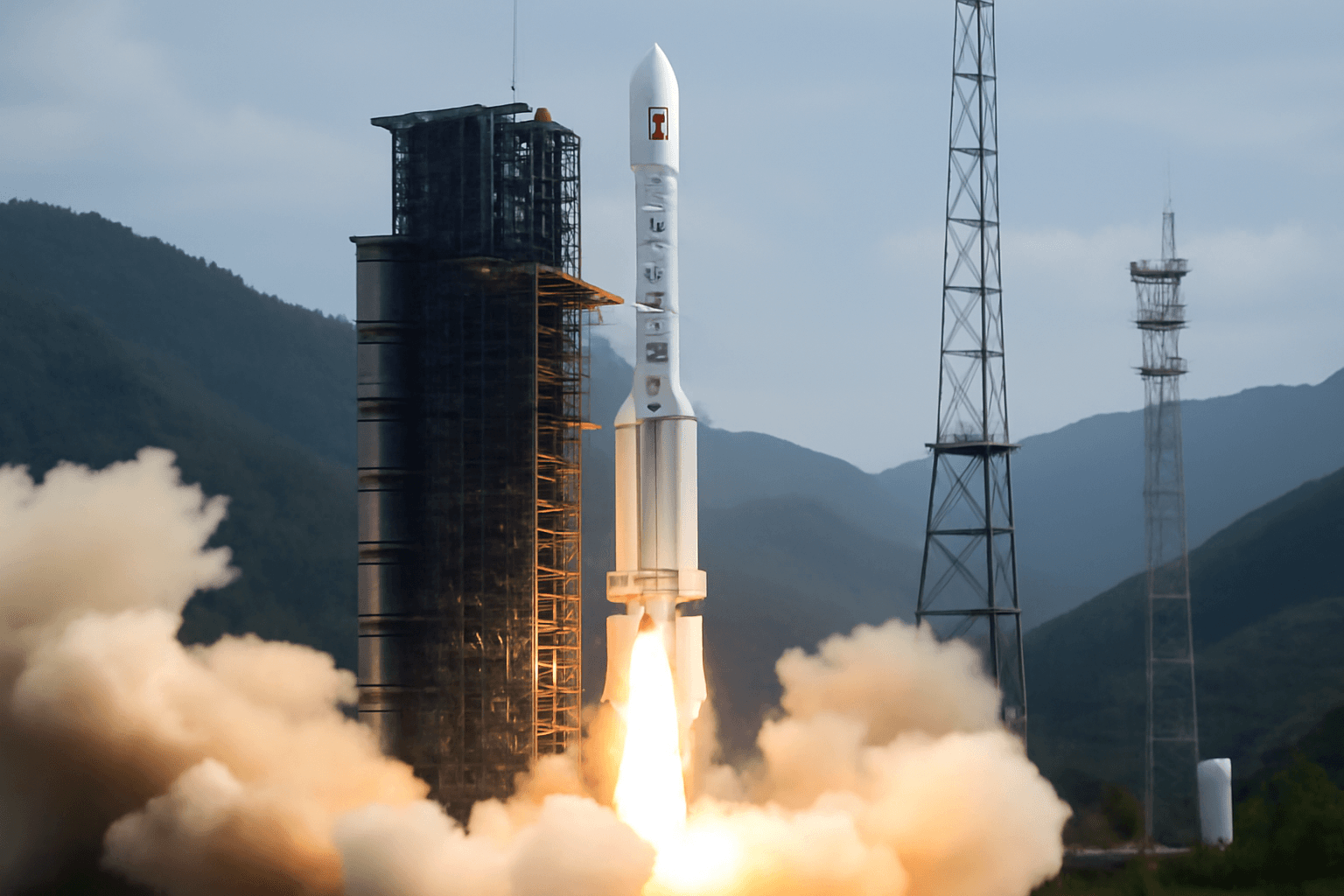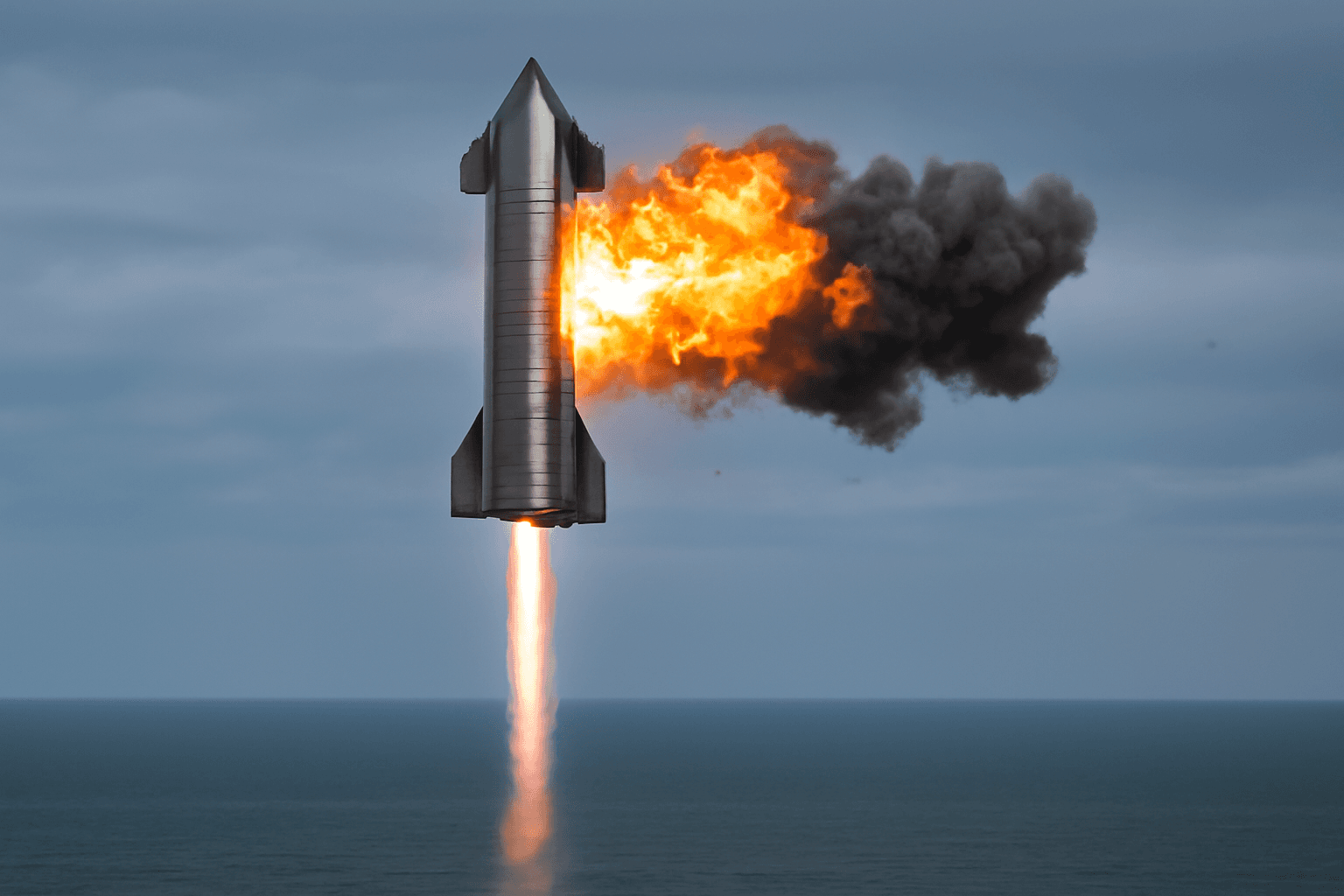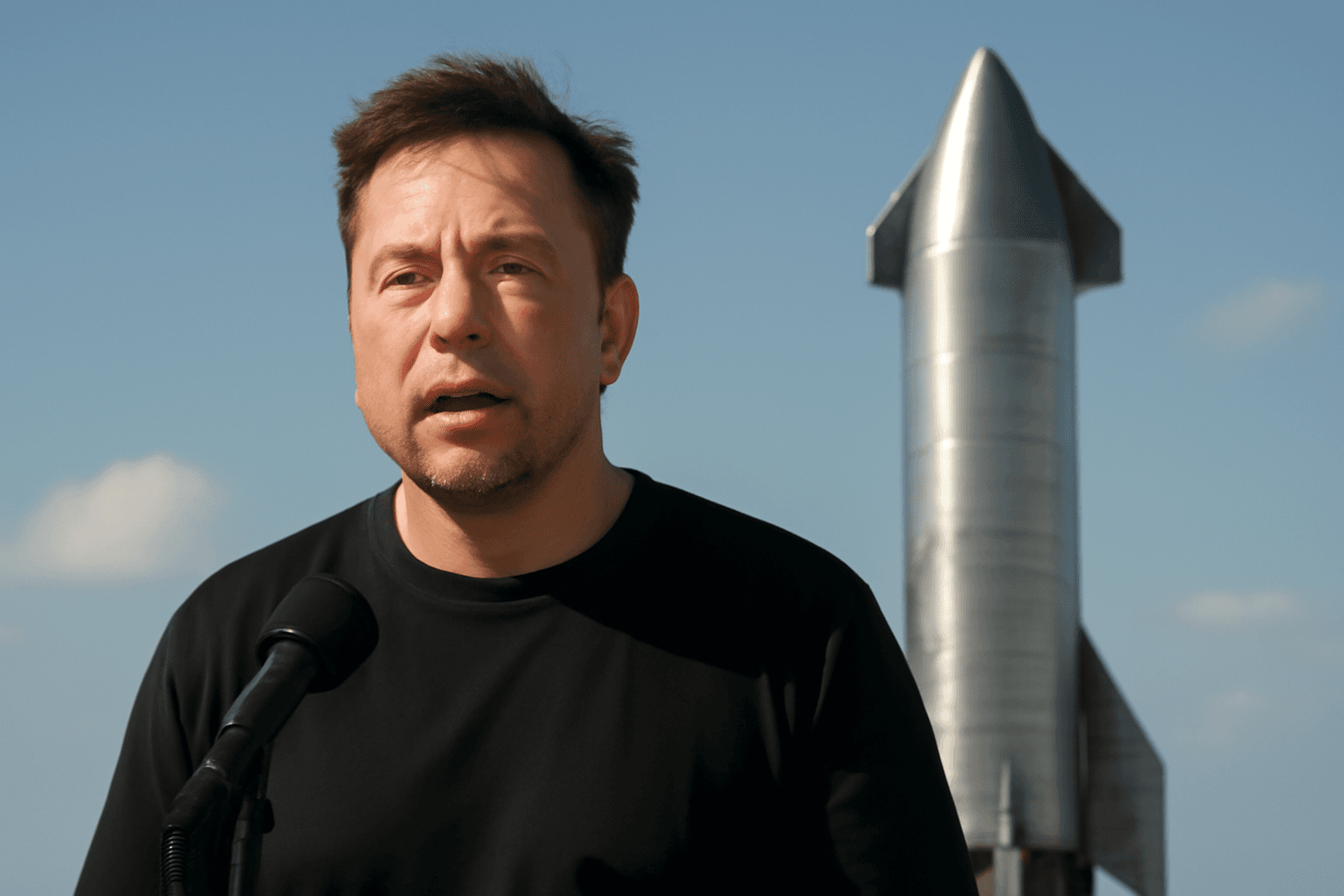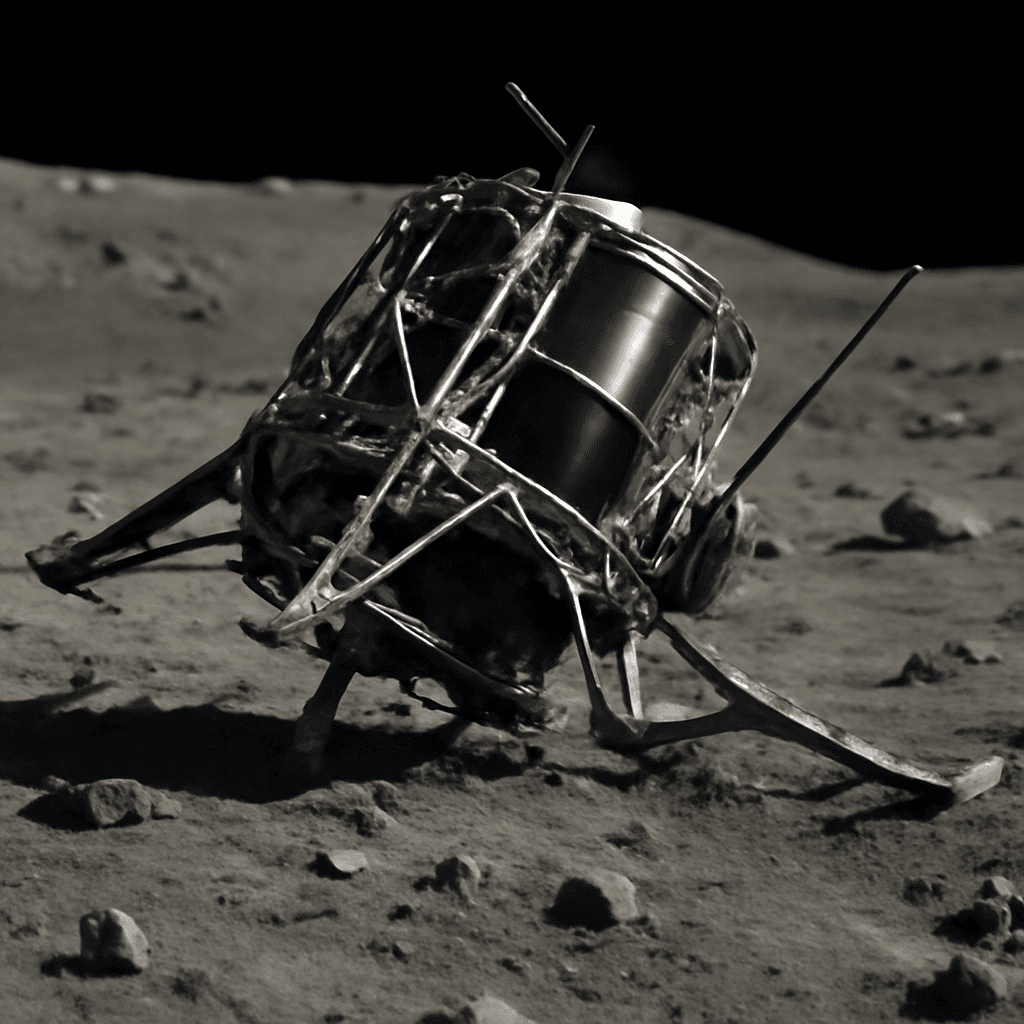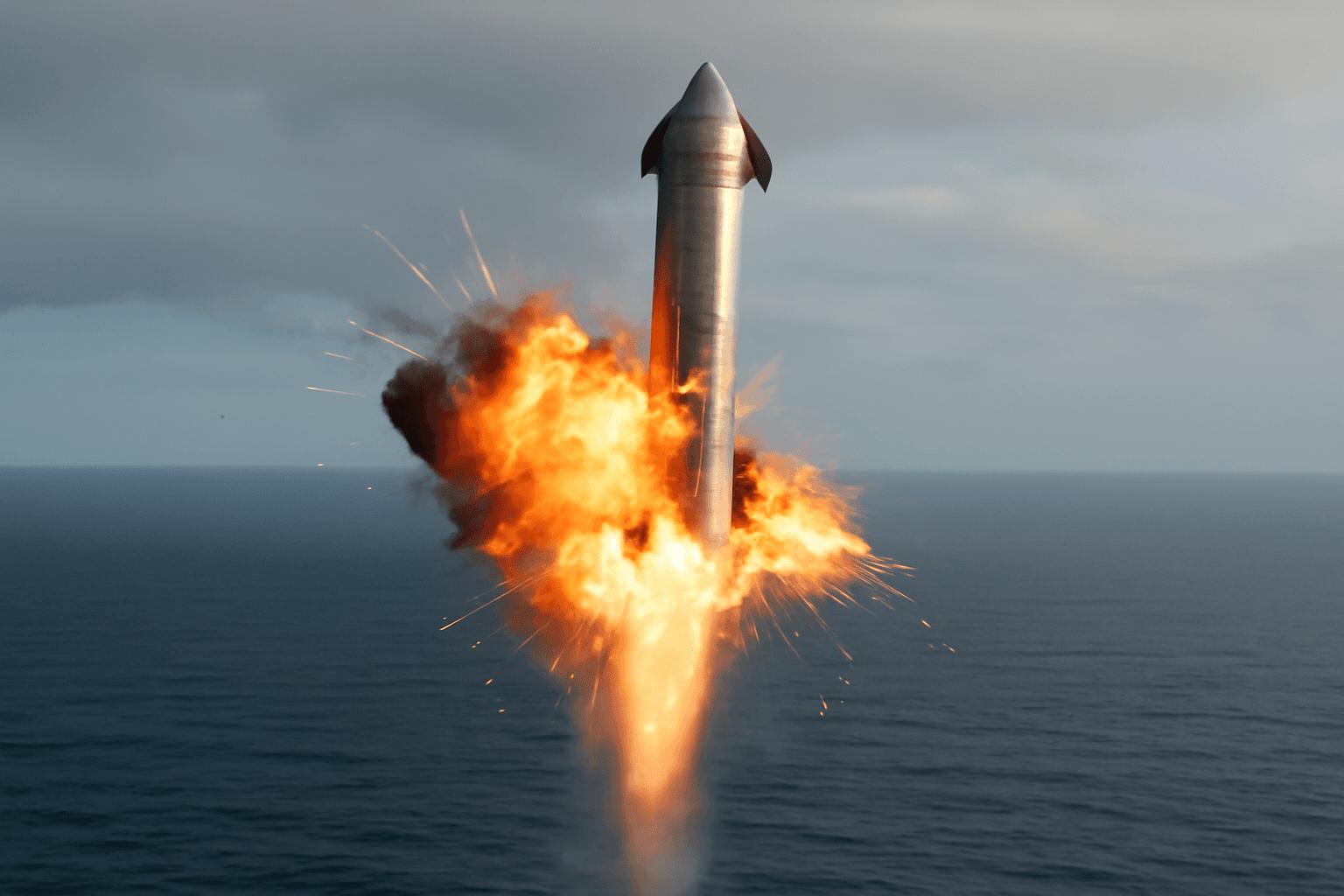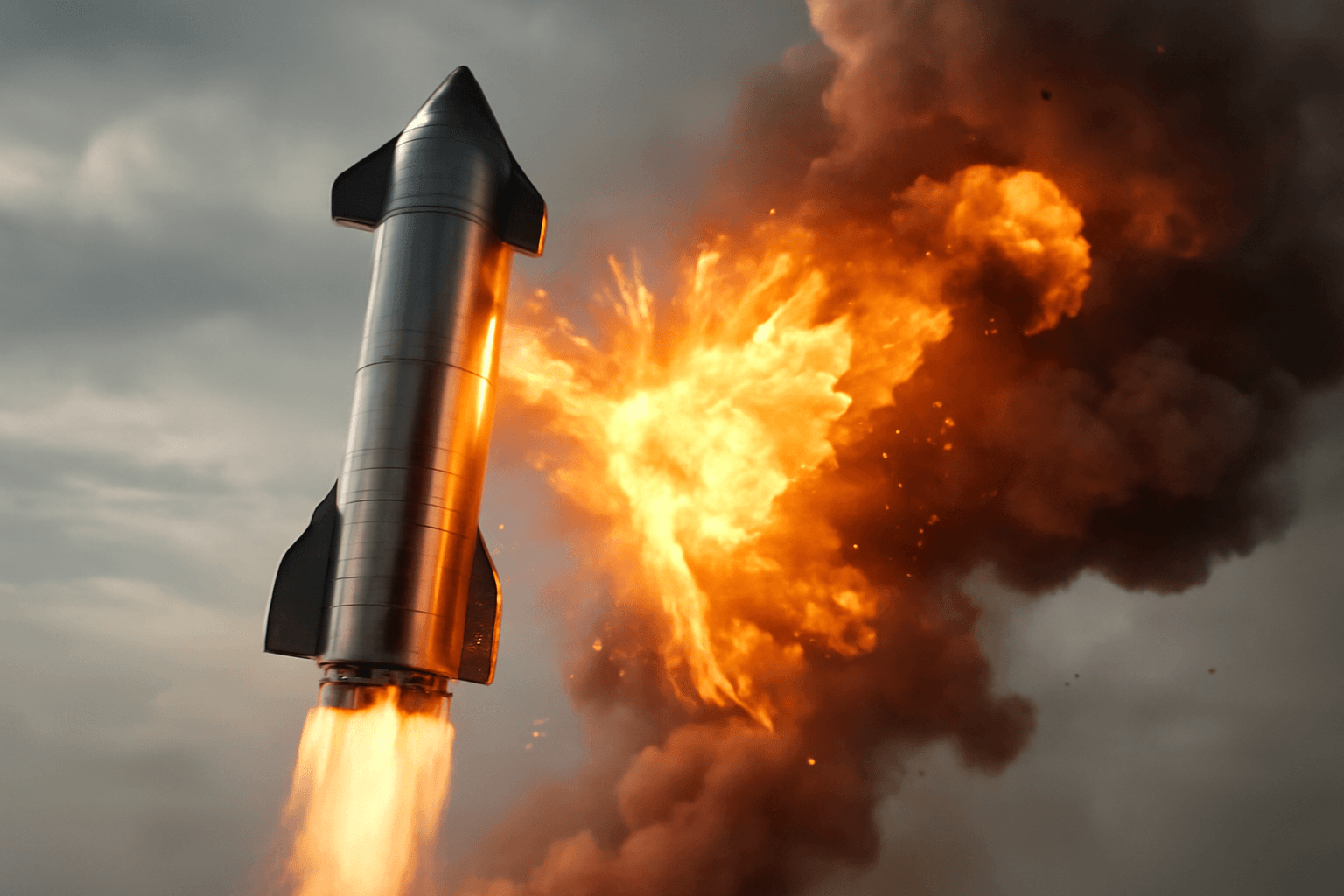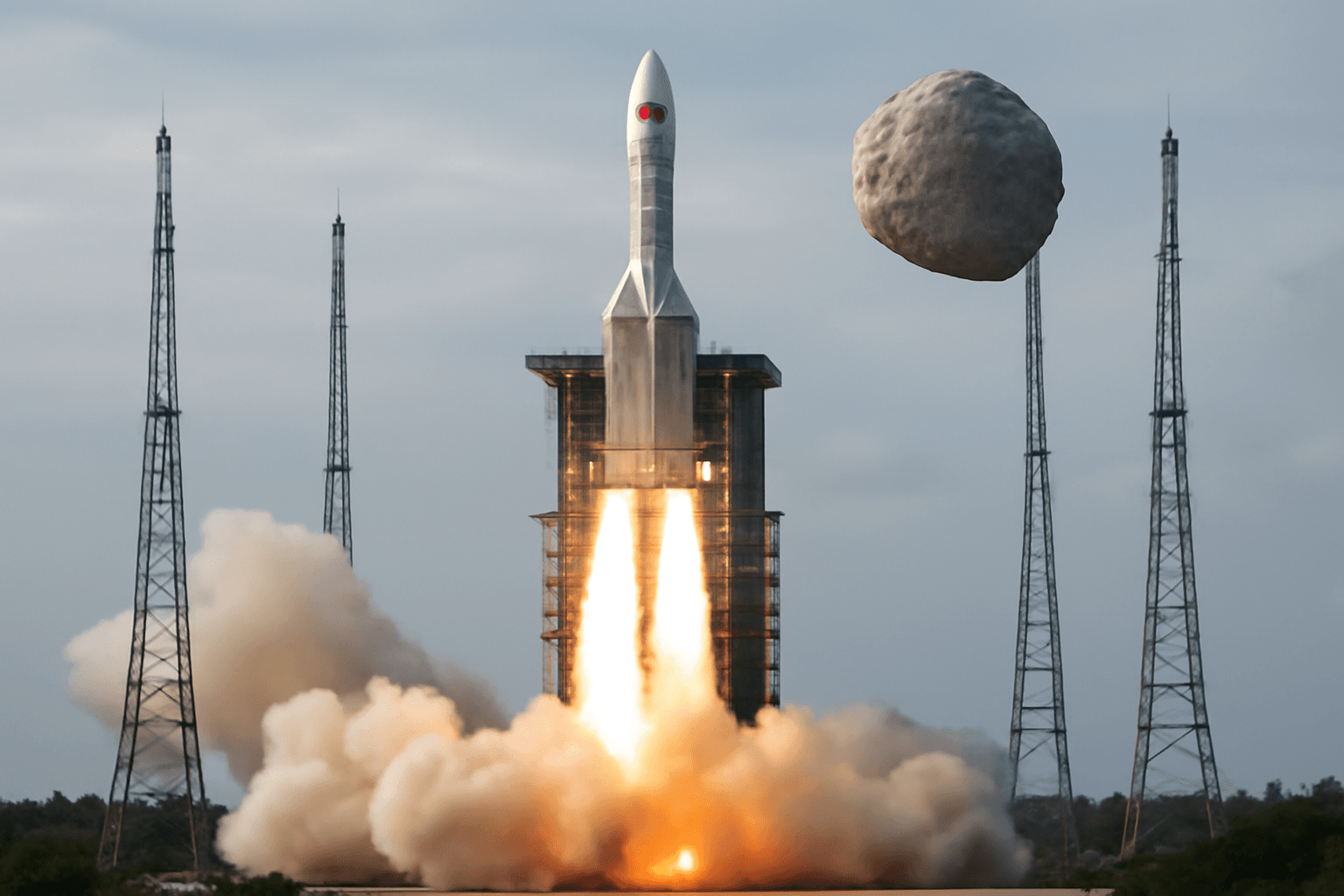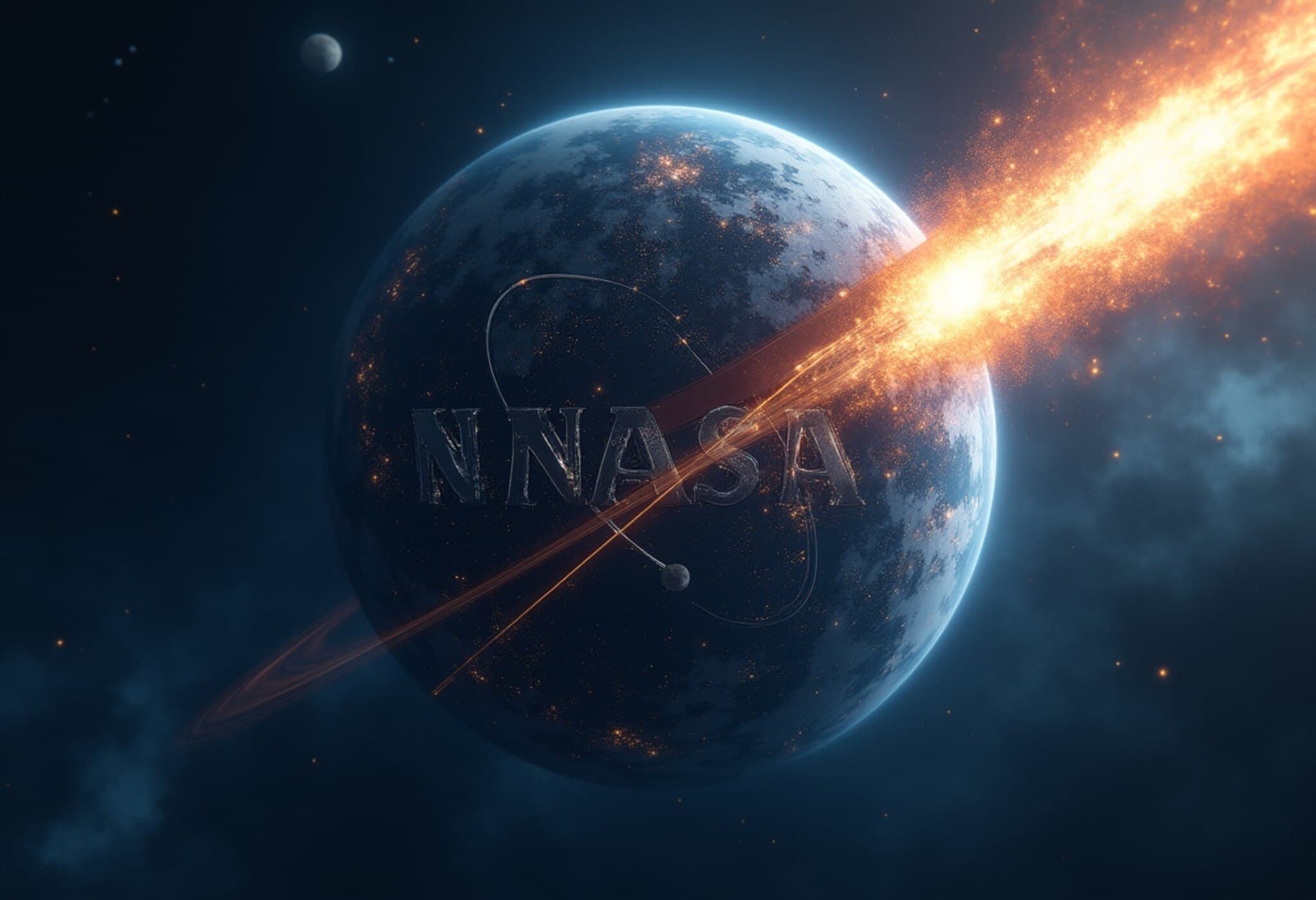On May 29, 2025, China successfully launched its Tianwen-2 space probe, marking the nation’s first mission dedicated to retrieving samples from an asteroid and returning them to Earth for scientific research. The launch took place from the Xichang Satellite Launch Center in Sichuan province aboard a Long March-3B rocket, according to reports from the Xinhua news agency.
President Xi Jinping has emphasized China’s ambitious space ambitions, describing them as part of the nation’s "space dream." Over recent years, China has invested billions into its space program, achieving milestones such as the construction of the Tiangong space station and planning crewed lunar missions with the goal of establishing a permanent moon base within this decade.
The Tianwen-2 mission aims to collect samples from near-Earth asteroid 2016 HO3 and investigate comet 311P, according to the China National Space Administration. The asteroid, discovered by Hawaiian scientists in 2016, is estimated to be between 40 and 100 meters in diameter and orbits close to Earth. It is referred to as a "living fossil" because its composition holds clues to the early formation of the solar system.
The comet 311P, orbiting between Mars and Jupiter, is especially intriguing due to its unique characteristics that resemble asteroid features, providing valuable insights into cometary and asteroid evolution.
Head of the China National Space Administration, Shan Zhongde, stated that this mission represents a major milestone in China's expanding interplanetary exploration initiatives. The entire Tianwen-2 mission is projected to span approximately ten years.
China’s advancements in space technology also include successful robotic landings on Mars and the Moon, and the ongoing operation of their Tiangong space station, which hosted three astronauts on a six-month mission in April 2025 as part of Shenzhou-20.

